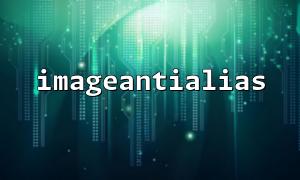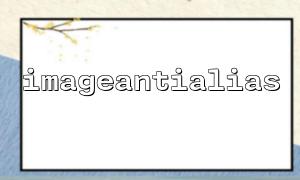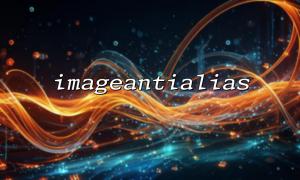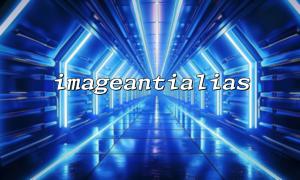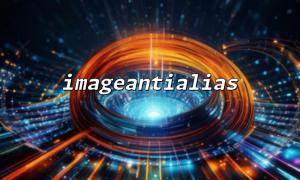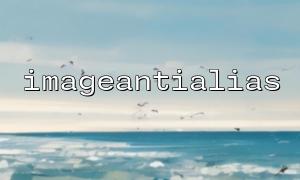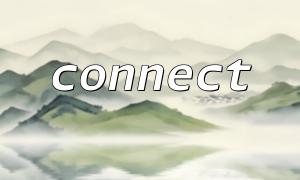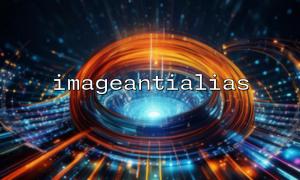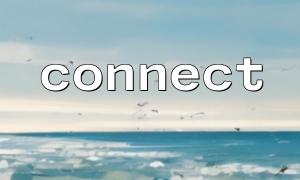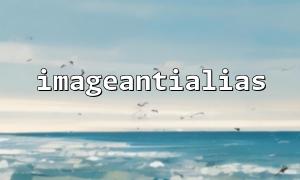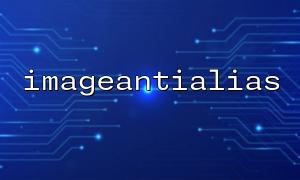In web application development, image processing is often an important part of the user experience. As a widely used server-side language, PHP provides a variety of image processing functions, where imageantialias() is a function used to turn on or off the anti-aliasing effect of images. This article will discuss whether imageantialias() is recommended to improve image quality in actual projects, as well as things to note.
imageantialias() is a function in the PHP GD library, which is used to enable anti-aliasing for image drawing operations. Anti-aliasing is a technique that smooths the edges and reduces the appearance of jagged edges in images, thus making the image appear more delicate.
The function prototype is as follows:
bool imageantialias ( resource $image , bool $enabled )
$image is an image resource handle
When $enabled is true , anti-aliasing is turned on, when false is turned off
Example:
<?php
$image = imagecreatetruecolor(200, 200);
imageantialias($image, true);
$black = imagecolorallocate($image, 0, 0, 0);
imageline($image, 0, 0, 200, 200, $black);
header("Content-Type: image/png");
imagepng($image);
imagedestroy($image);
?>
Image edges are smoother <br> For scenes where lines, curves, and text are needed, the anti-aliasing function can significantly reduce the sense of jagging and enhance the visual effect
Improve user experience <br> Soft edges can give users a more professional and beautiful visual experience, especially when dynamically generating images
Compatibility issues
imageantialias() is only valid for true color images created with imagecreatetruecolor() and not for palette images. Additionally, in some systems or PHP versions, the function may be unstable or invalid.
Performance overhead <br> Turning on anti-aliasing will increase the calculation amount of drawing operations. Although it generally does not slow down performance significantly, in high concurrency scenarios where a large number of images are generated, you still need to pay attention to server resource consumption.
Limited effect
imageantialias() mainly affects lines and smooth edges, and has limited improvement in the effect of complex images (such as photos or gradient colors).
Use when drawing vector lines <br> If your application needs to draw graphics, curves, and text, it is recommended to turn on anti-aliasing to improve image quality
Recommended advanced library for static image processing <br> For scenarios where complex image processing is required, consider using a more powerful image library, such as ImageMagick or other anti-aliasing strategies for GD
Performance testing is essential <br> Before turning on anti-aliasing in the production environment, the impact on server performance should be tested to avoid performance bottlenecks
Alternative Solution <br> If imageantialias() cannot meet the needs, consider using CSS3 or Canvas on the client for image processing, or generate high-quality images in advance
The following shows an example of drawing anti-alias lines using imageantialias() , note that the URL domain in the example has been replaced with m66.net .
<?php
// Create a 300x300 True color image
$image = imagecreatetruecolor(300, 300);
// Turn on anti-aliasing
imageantialias($image, true);
// Define the color
$white = imagecolorallocate($image, 255, 255, 255);
$red = imagecolorallocate($image, 255, 0, 0);
// Filling background color is white
imagefilledrectangle($image, 0, 0, 299, 299, $white);
// Draw anti-aliased red slashes
imageline($image, 10, 10, 290, 290, $red);
// Output image
header('Content-Type: image/png');
imagepng($image);
imagedestroy($image);
?>
This script can be accessed under the http://m66.net/demo/antialias.php path to observe the differences before and after turning on anti-alias.
In summary, PHP's imageantialias() function is indeed effective in improving the quality of image line edges, but is limited to simple drawings and true color images. It is not a universal image enhancement solution, and performance and compatibility are key points to consider when using it. For web applications that require more advanced image processing, it is recommended to combine more powerful tools and technologies and flexibly apply them to achieve better results.
